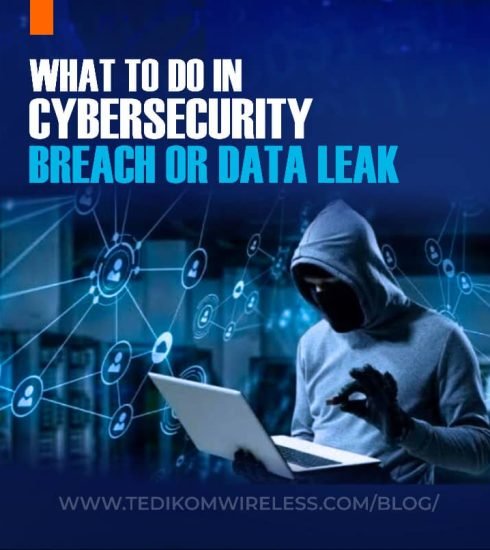The Role of Communication in Cybersecurity Incident Response and Crisis Management
Any organization’s defense strategy must include strong incident response and crisis management given the quickly changing landscape of cybersecurity threats. While the focus often remains on preventing cyberattacks through technological measures, the importance of communication is often overlooked. Cybersecurity incident response is not just about technical solutions but also about how organizations communicate internally and externally during and after an incident. Let’s delve into the importance of communication in cybersecurity incident response and crisis management in this essay.
Instant Alerting and Notification
Quick detection and notification of a cybersecurity event is the first step in handling it. Establishing efficient channels of communication is necessary to notify the right people as soon as an occurrence happens. This involves corporate leadership, legal counsel, public relations, IT security teams, and, if relevant, outside partners. Making sure that there is no delay in reacting to possible dangers can be greatly aided by automated alerting systems.
Collaboration and Coordination
Cybersecurity problems frequently need a multidisciplinary response from law enforcement, IT specialists, and communications specialists. To coordinate operations and share important information, these teams must maintain open lines of contact. Regular meetings and collaborative platforms can help with information sharing, status updates on incidents, and implementation.
Openness and Maintaining Trust
Retaining trust with stakeholders, such as clients, staff, and investors, depends on transparency. Open communication about the incident’s nature and scope, its possible effects on sensitive data, and the actions being taken to resolve it are vital for organizations. Inadequate and opaque communication can harm an organization’s reputation and reduce confidence in its capacity to protect confidential data.
Public Relations and Media Management
Organizations are frequently thrown into the public eye and subject to severe media scrutiny in the case of a cybersecurity attack. Managing the story around the incident requires effective contact with the media and other external parties. To reduce confusion, a chosen spokesperson should be ready to provide accurate and consistent messages to reduce speculation and misinformation.
Compliance with Law and Regulation
Cybersecurity incidents may cause legal and regulatory ramifications, especially regarding data privacy standards and breach reporting. To comprehend the organization’s responsibilities and guarantee compliance with pertinent rules and regulations, communication with legal counsel is essential. Neglecting to comply with legal obligations may lead to severe fines and legal consequences.
Analysis and Learning Following the Incident
For a comprehensive post-incident study to be carried out, communication is still required after the initial situation has been resolved. This includes figuring out the incident’s underlying causes, evaluating how well the reaction worked, and putting policies in place to stop future occurrences of the same kind. Ensuring that the company can consistently enhance its cybersecurity posture and resilience is reliant upon effective communication of the lessons learnt.
Conclusion
In summary, communication is essential at every level in managing crises and responding to cybersecurity incidents. To reduce the impact of security breaches and protect the organization’s reputation, effective communication is crucial for all aspects of response planning, including alerting stakeholders, coordinating response efforts, maintaining transparency, managing media relations, ensuring legal compliance, and facilitating post-incident analysis. Through putting the importance of communication when combined with technical measures, businesses can strengthen their ability to withstand evolving cyber-attacks.









